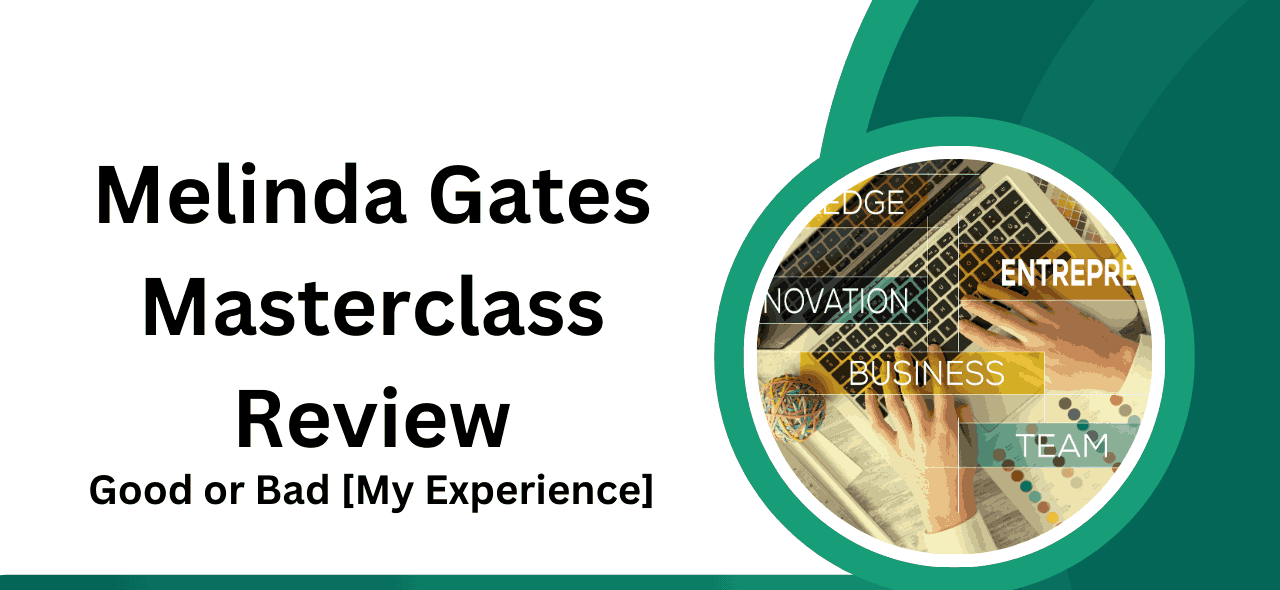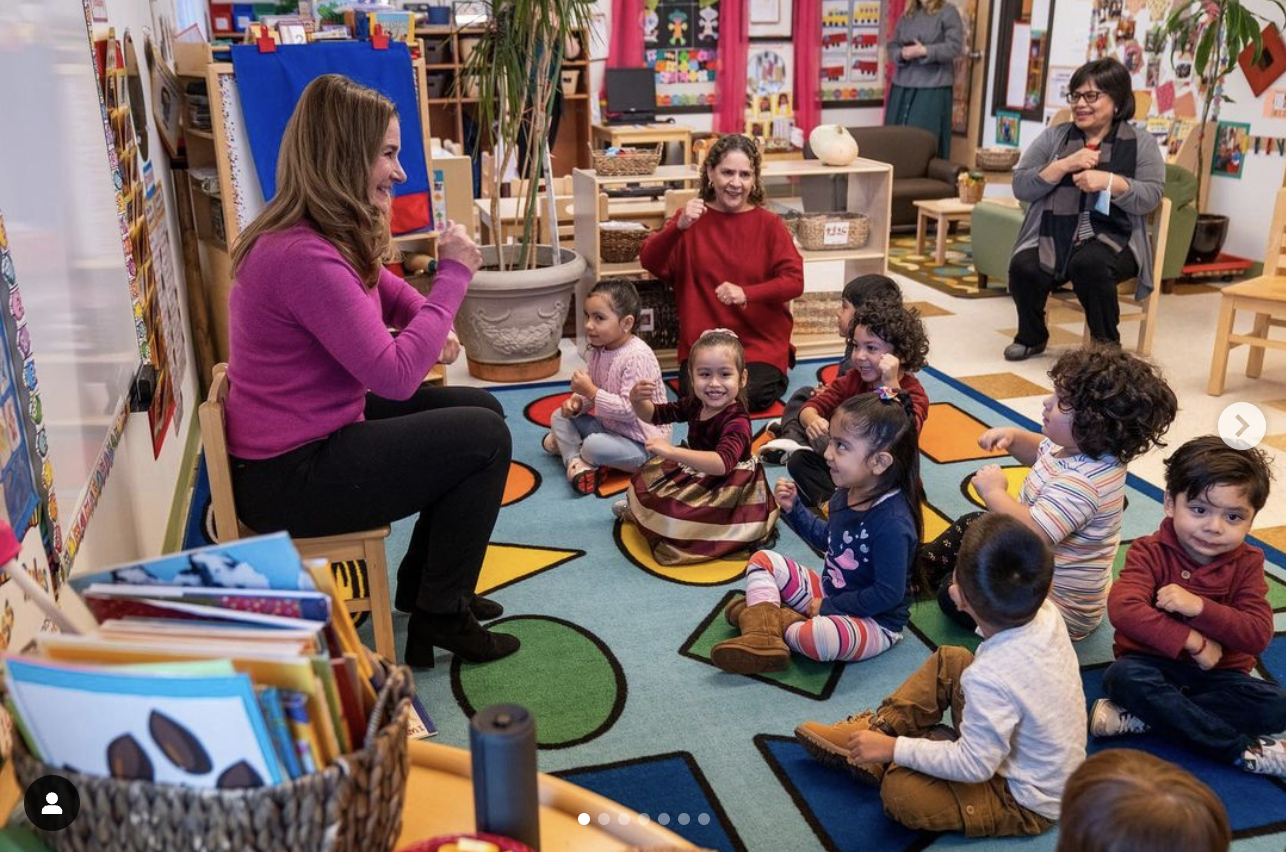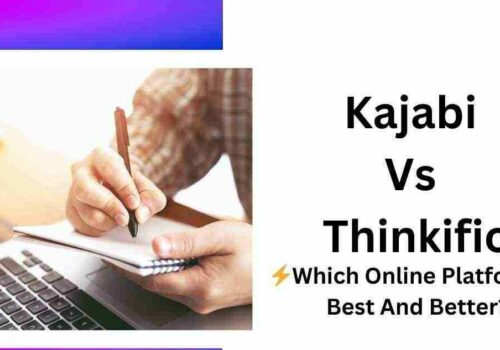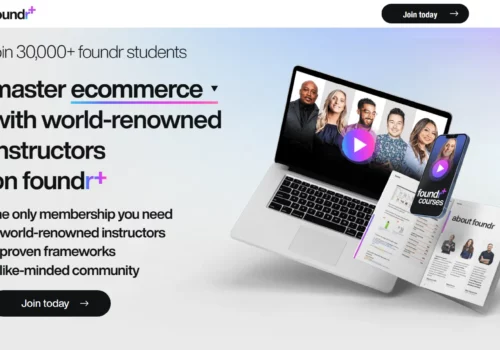Melinda Gates stands as one of the world’s most influential and accomplished entrepreneurs.
Known for her sharp business insight and impactful philanthropic work, she’s now offering her expertise through The Melinda Gates Masterclass.
This course is crafted to guide aspiring entrepreneurs worldwide, helping them benefit from her knowledge and experience.
In this Melinda Gates Masterclass Review, we’ll take a closer look at what makes this program special and why it’s a valuable opportunity for aspiring entrepreneurs. We’ll also explore how well the course delivers meaningful insights on creating a successful entrepreneurial path.
Key Elements Of The Masterclass
The course consists of seventeen videos, each between one and ten minutes long. Melinda discusses her philanthropic experiences from the beginning of her profession to the present.
1. To accomplish an excellent job, you must get rid of your ego.
Oh, how I wish this were more applicable to jobs in the public sector! This is especially difficult to understand in Western society, which highly values independence and puts “I” above “us.”
The “who” and the “why” of philanthropy in the United States are often hidden.
While the individual being served ought to be at the heart of the activity, organizations often lose sight of this in an endeavor to win over donors and convince the public that their “proper investment” in addressing certain social issues was a success.
It will take a lot of unlearning, and even some power-sharing to really internalize and let go of one’s ego, and these are things that charitable organizations may not be ready to do.
If we invest in this level of intentionality, we will be able to do much more and collaborate with the communities we wish to help.
2. Finding your voice in charity will be made easier through risk-taking and adaptability.
Giving might be easy, but creating long-lasting change takes a bit more work.
For the latter, it’s important to be open to new experiences and dedicated to sticking with the cause. It’s crucial to use both quantitative and qualitative data to track your progress, identify your faults, and make adjustments as needed.
Melinda provides personal tales on the significance of not entering into anything with a fixed attitude and expecting that you would do things perfectly the first time, acknowledging the pain of failure that comes with starting your giving path.
Since I’ve worked on both sides of the financing equation, representing both those receiving cash and those giving it, I’ve seen how donors put a lot of pressure on organizations and the communities they support to get things right from the outset.
A willingness from donors to be more open to the realities on the ground may help everyone learn and advance the cause much more effectively, even while part of this pressure is reasonable (after all, there are lives and futures in danger).
3. The act of giving is very personal.
There is no one proper method of giving; it must be very personal. In this lecture, Melinda advises the audience to begin their giving journey by reflecting on their own life experiences and using them to discover problem areas that are close to their hearts.
She provides a “think, test, does” methodology for choosing causes that resonate with you and carrying out your donation plan. Finding what works for you personally is the main goal of this strategy rather than adhering to a predetermined formula.
Make it personal if you’re having trouble deciding where to donate or if you’re feeling lost. Melinda is an inspiration. This is the best approach to ensuring that your charitable contributions have a real and significant effect.
4. Both qualitative and quantitative facts are essential for decision-making when donating.
The focus of traditional philanthropy, which takes institutional forms (giving from foundations to businesses or people), focuses on finding causes with quantifiable effects.
In other words, donors often prefer to fund initiatives or programs that can produce simple-to-measure outcomes.
For instance, a small clinic may use metrics like the number of community members treated for a particular health concern, the number of doctor visits for preventive care, a decline in the occurrence of a disease, and so on to convince a donor that it should be given money in order to grow.
Focusing on this strategy presents a difficulty since it often undervalues the importance of initiatives or programs whose effects could be difficult to assess or take a long time to do so.
Consider a course that trains young women for leadership positions. This organization may use a statistic like a rise in the proportion of women who apply for and obtain leadership posts to attract sponsors.
However, reducing the value of gender diversity in the workplace to numerical statistics ignores alternative metrics of effect, such as successful policy changes that benefit families or higher profitability (which is hard to link as the direct result of gender diversity).
The influence of an issue on society as a whole makes it more difficult to measure, but that doesn’t mean we can’t benefit from the research that has already been done or listen to tales that can help us understand the choices we are about to make much more.
How Much Does Masterclass Cost?
A MasterClass membership now costs $15 per month for one person, $20 per month for two users, and $23 per month for up to six users. All charges are yearly.
Given that you receive access to more than 150 courses that cover a wide variety of topics that could interest you with the membership, this is a great deal. And those who are at the top in their areas are those who teach these.
Another benefit of a MasterClass membership that I love is that it leads to fresh discoveries that you would not have made if you didn’t already have one.
I would never have seen Ester Perel’s lesson on relational intelligence if I hadn’t had the membership. But while I watched, I learned a lot about understanding power dynamics, managing disagreements in relationships, and more!
Never forget how special MasterClass is. You not only get to learn about various career choices and hobbies, but you also get to pick the brains of legendary role models! It’s nearly too amazing to be true!
Additionally, MasterClass provides a 30-day money-back guarantee in case you’re dissatisfied with your purchase, so you can always give it a try and end your subscription if it’s not for you.
Is it Worth It?
This course will benefit all students in some way. You will leave the course having learned something, regardless of whether your goal is to create a charity or just to learn how to be a successful self-starter.
Melinda’s course only takes 2 hours and 29 minutes of your time, requires nothing more than a pen and paper, and comes with a ton of other excellent courses when you buy a MasterClass membership, so it’s absolutely worth it.
But will you achieve your goals as a result? It depends entirely on what you’re searching for.
This course is wholly worthwhile if you want to understand Melinda’s philosophy or want to start helping others but don’t know where to begin.
Melinda’s course is a deal if you want a fantastic workbook that you can go to often for insightful advice on launching any philanthropic endeavor.
However, if you’re looking for a highly precise “how-to” course that instructs you on how to write a business plan, calculate your finances, arrange charitable events, or utilize certain web platforms to raise money, you may be dissatisfied with the course material and wish there had been more.
Quick Links:
- Neil deGrasse Tyson MasterClass Review
- N.K. Jemisin MasterClass Review
- Paul Krugman Masterclass Review
- Tom Morello Masterclass Review
Conclusion: Melinda Gates Masterclass Review 2024
The Melinda Gates Masterclass provides valuable guidance for anyone looking to launch their entrepreneurial journey or sharpen their existing business skills.
Drawing on Melinda Gates’ extensive experience, the course offers rich insights into building a successful business. With a well-rounded online program, interactive exercises, and advice from seasoned entrepreneurs, this Masterclass is designed to give aspiring business professionals the tools they need to thrive.
Whether you’re new to the business world or already have some experience, this course is a fantastic way to deepen your knowledge and apply it in real-world settings. By joining The Melinda Gates Masterclass, you’re taking a powerful step toward achieving your entrepreneurial success.







